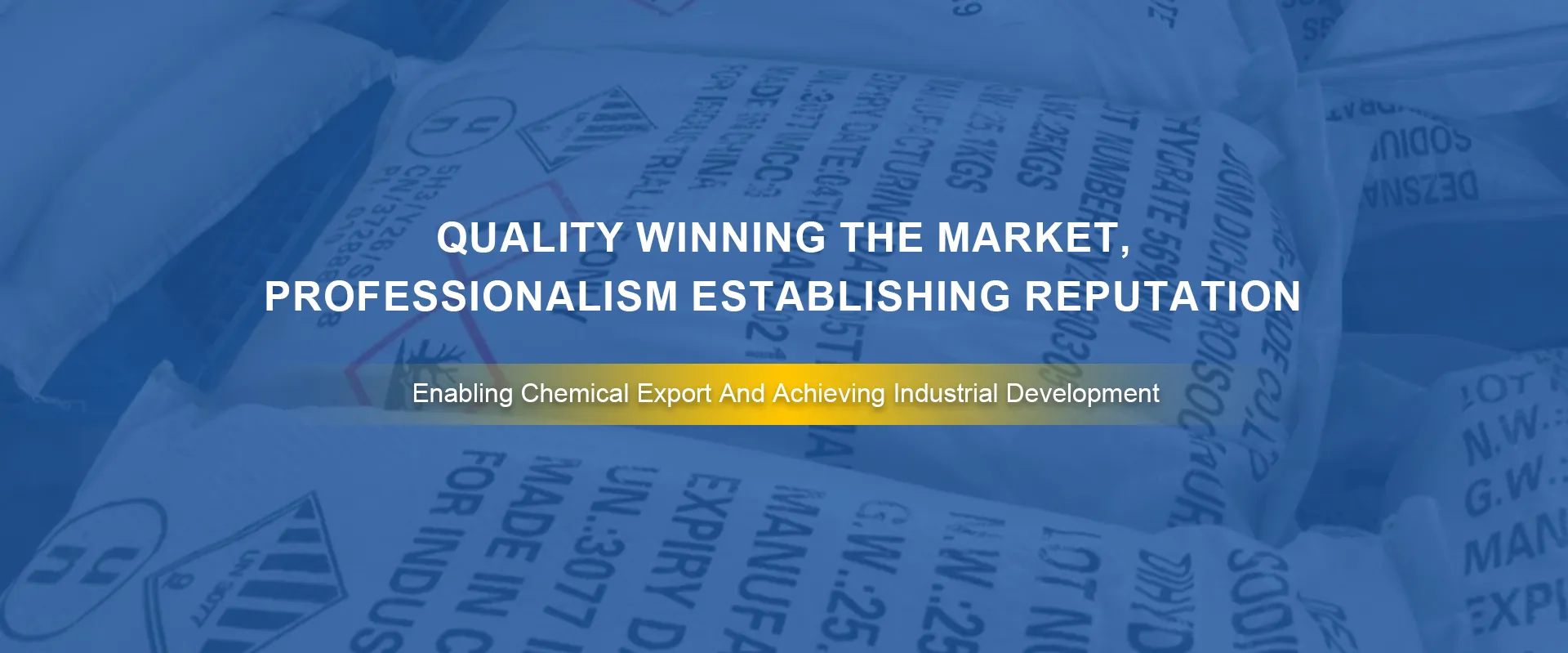
slow release nitrogen fertilizer
Understanding Slow-Release Nitrogen Fertilizers Benefits and Applications
In the pursuit of enhanced agricultural productivity, the use of fertilizers has become an essential practice for farmers worldwide. Among the various types of fertilizers available, slow-release nitrogen fertilizers are gaining significant attention for their efficient nutrient delivery and environmental benefits. This article explores the characteristics, advantages, and applications of slow-release nitrogen fertilizers in modern agriculture.
What Are Slow-Release Nitrogen Fertilizers?
Slow-release nitrogen fertilizers are specially formulated products designed to release nitrogen gradually over an extended period. Unlike traditional fertilizers, which can lead to nutrient leaching and rapid depletion, slow-release fertilizers provide a steady supply of nitrogen to plants, promoting optimal growth without the risks associated with over-fertilization.
The key to the effectiveness of slow-release fertilizers lies in their coating or encapsulation technology. These fertilizers often contain a polymer or a sulfur coating that regulates the release of nitrogen, ensuring that it aligns with the plant's needs. As moisture penetrates the coating, it dissolves the nitrogen, allowing it to be absorbed by the roots in a controlled manner.
Advantages of Slow-Release Nitrogen Fertilizers
1. Reduced Nutrient Leaching One of the primary environmental concerns associated with traditional fertilizers is nutrient leaching, which can pollute waterways and disrupt local ecosystems. Slow-release fertilizers minimize this risk by prolonging the availability of nitrogen in the soil and reducing the likelihood of excessive runoff.
2. Improved Nutrient Utilization Plants require nitrogen at different growth stages, and slow-release fertilizers cater to these needs. This gradual release aligns with the plant's development, enhancing nutrient uptake efficiency and reducing waste.
3. Lower Application Frequency With slow-release fertilizers, farmers can reduce the frequency of applications. This not only saves time and labor but also minimizes the potential for nutrient burn, which can occur with the over-application of traditional fertilizers.
slow release nitrogen fertilizer

4. Enhanced Soil Health The prolonged nutrient availability can lead to healthier soil microbiomes and root systems. Healthy soil supports better water retention, structure, and biodiversity, further contributing to sustainable farming practices.
5. Cost-Effectiveness While the initial cost of slow-release fertilizers may be higher than conventional options, their efficiency can lead to cost savings in the long run. Fewer applications and reduced nutrient loss mean that farmers can achieve better yields without the recurring expense of traditional fertilizers.
Applications in Agriculture
Slow-release nitrogen fertilizers can be used across various agricultural practices, including row crops, vegetables, fruits, and ornamental plants. Their versatility makes them suitable for both conventional and organic farming systems.
In row crop production, for example, farmers can apply slow-release nitrogen fertilizers at planting to ensure a consistent nitrogen supply throughout the growing season. This strategy is particularly beneficial for crops that have high nitrogen demands, such as corn and wheat.
In the context of vegetable and fruit production, growers can apply slow-release fertilizers to support healthy fruit development and improve quality. The controlled release of nitrogen helps to prevent excessive vegetative growth at the expense of fruiting, leading to better yield and flavor profiles.
Moreover, in ornamental horticulture, slow-release nitrogen fertilizers are increasingly used in landscaping and garden settings. They provide an effective way to maintain vibrant flowers and healthy foliage without frequent applications, resulting in less environmental impact.
Conclusion
As the agricultural industry continues to evolve, the adoption of slow-release nitrogen fertilizers presents an opportunity for more sustainable and efficient farming practices. By reducing nutrient leaching, improving nutrient utilization, and supporting soil health, these fertilizers align with both economic and environmental goals. As research and development in this field progress, we can anticipate even more innovations that will enhance the effectiveness of slow-release nitrogen fertilizers, ensuring they play a crucial role in the future of sustainable agriculture.
-
Pure Sodium Dichloroisocyanurate Dihydrate | Powerful DisinfectantNewsAug.29,2025
-
Industrial Chemicals: Quality & Purity for Every IndustryNewsAug.28,2025
-
Nitrile Rubber Honoring Strict Production StandardsNewsAug.22,2025
-
Aspartame Ingredients Honoring Food Safety ValuesNewsAug.22,2025
-
Fertilizer for Balanced Plant NutritionNewsAug.22,2025
-
Cyanide Gold Processing with High Purity AdditivesNewsAug.22,2025
-
Formic Acid in Textile Dyeing ApplicationsNewsAug.22,2025
Hebei Tenger Chemical Technology Co., Ltd. focuses on the chemical industry and is committed to the export service of chemical raw materials.
-

view more DiethanolisopropanolamineIn the ever-growing field of chemical solutions, diethanolisopropanolamine (DEIPA) stands out as a versatile and important compound. Due to its unique chemical structure and properties, DEIPA is of interest to various industries including construction, personal care, and agriculture. -

view more TriisopropanolamineTriisopropanolamine (TIPA) alkanol amine substance, is a kind of alcohol amine compound with amino and alcohol hydroxyl, and because of its molecules contains both amino and hydroxyl. -

view more Tetramethyl Thiuram DisulfideTetramethyl thiuram disulfide, also known as TMTD, is a white to light-yellow powder with a distinct sulfur-like odor. It is soluble in organic solvents such as benzene, acetone, and ethyl acetate, making it highly versatile for use in different formulations. TMTD is known for its excellent vulcanization acceleration properties, which makes it a key ingredient in the production of rubber products. Additionally, it acts as an effective fungicide and bactericide, making it valuable in agricultural applications. Its high purity and stability ensure consistent performance, making it a preferred choice for manufacturers across various industries.





